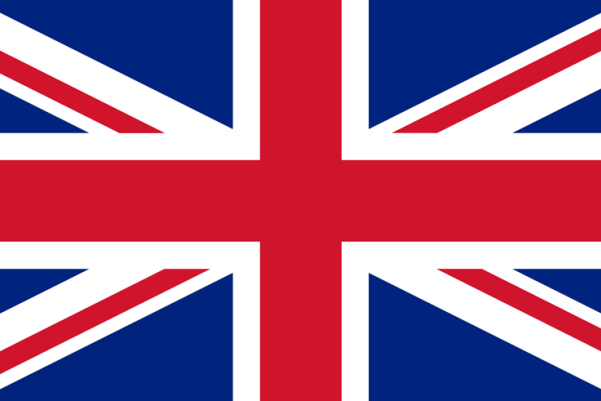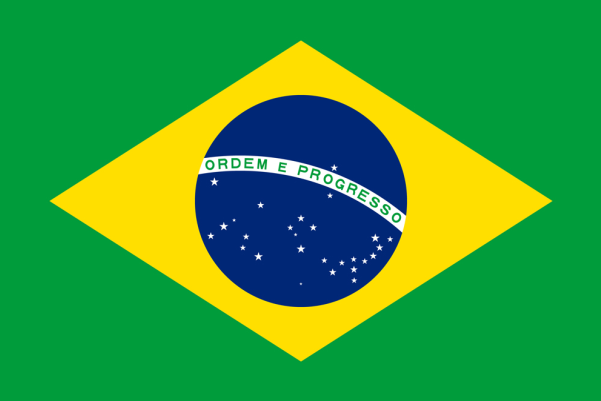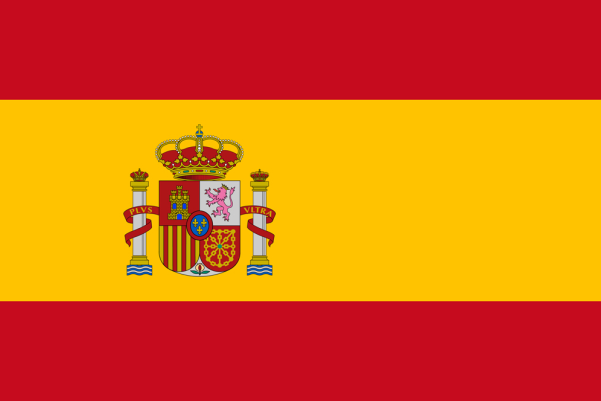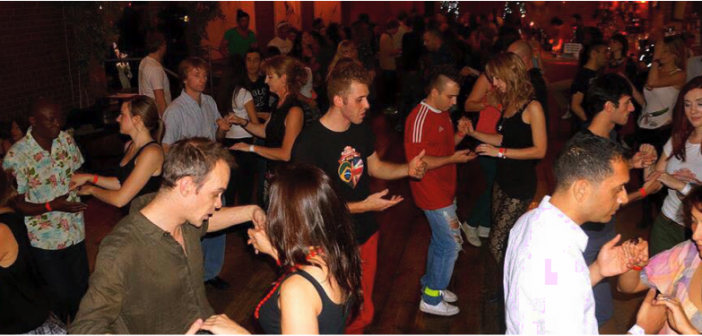It is a common held belief that Brazil’s national dance is Samba. But think again, there is only one rhythm that unites a nation, and it is known as Forró (for-ALL)
Forró can only be danced in pairs. It is a simpler dance than Samba, and so much easier to learn. Lessons are not strictly necessary for those with a bit of dancefloor experience, but the general gist of Forró can be learnt in about four sessions, and then later mastered at Brazilian dance parties.
Forró basically consists of two parts, which, in most cases, the man alternates during each song, depending on how he wants to lead. The first part is called the “juntinho”, or “close together”. Ideally, this part is chest-to-chest and cheek-to-cheek, tucked in close, with legs interlocking, which makes it easier to lead (and, yes, more intimate). The further north you travel in Brazil the closer people tend to dance together. Southerners tend to be a little more reserved and suggest that about a hand’s width is the appropriate distance between torsos. But there is no hard and fast rule; it really depends on the couple and how well they know each other.
The second part consists of a series of more elaborate twists and turns, as the couple separate, though almost always with one or both hands held. Such moves resemble those of another famous dance, Salsa, and were in fact introduced to Forró by Salsa fans during Forró’s modernisation in Rio de Janeiro, about 20 years ago. Early Forró was simply the “juntinho”, and there are some purists who to this day still prefer to stay interlocked throughout the dance, especially on overcrowded dancefloors where space is limited.
Forró, the music
Forró, the dance, is at least 50 years old, but its music dates back even further. In fact, the style of music even predates the name, Forró, which funnily enough is derived from the English, “for all”. The music has simple roots, composed for only three instruments: the triangle, the accordion, and the zabumba. A zabumba is a single, large drum worn over the shoulder. Both the top and bottom side of the drum are played, the top being the bass, the bottom the snare.
The music produced by this three-piece band is known as Forró Pé de Serra, and like most things, over the years regional preferences and nuances have emerged throughout Brazil, such as Forró Eletrônico in the northeast and Forró Universitário in the south, particularly popular in São Paulo.
The earliest versions of Forró were arguably the simplest, close dancing with very little spinning or otherwise. Whilst the dance originated in the Northeast, it eventually migrated south before arriving in Rio de Janeiro. All dances, once they hit Rio, undergo some sort of transformation and inevitably a new offshoot is created. In the case of Forró it was the energetic spins, borrowed from salsa, that were added to Forró’s more intimate formation. This fusion is what we refer to today as Forró Universitário, which refers to both a style of the music and a dance.
Not only is dancing Forró fun and healthy, but the dancing community in London is fantastic. It’s like a big family. Gladys Cavalcante and I, from Forró do Galpão, offer classes all over London. In London there is somewhere to dance Forró seven nights a week, so what are you waiting for!
Learning Forró step-by-step
When learning Forró, the first step is the “juntinho”. Once mastered, we move into the transition, where dancers separate, but always with hands held, which is called “the mirror”. A beginner will use the mirror as a good way of buying time, while thinking how to begin a sequence of turns. With time and experience the mirror is effectively faded out as dancers quickly move from the “juntinho” to a series of elaborate twists and turns.
The best way to understand Forró is to watch and learn! https://www.facebook.com/photo.php?v=10152375536154899&set=vb.167514836706253&type=3&theater

















